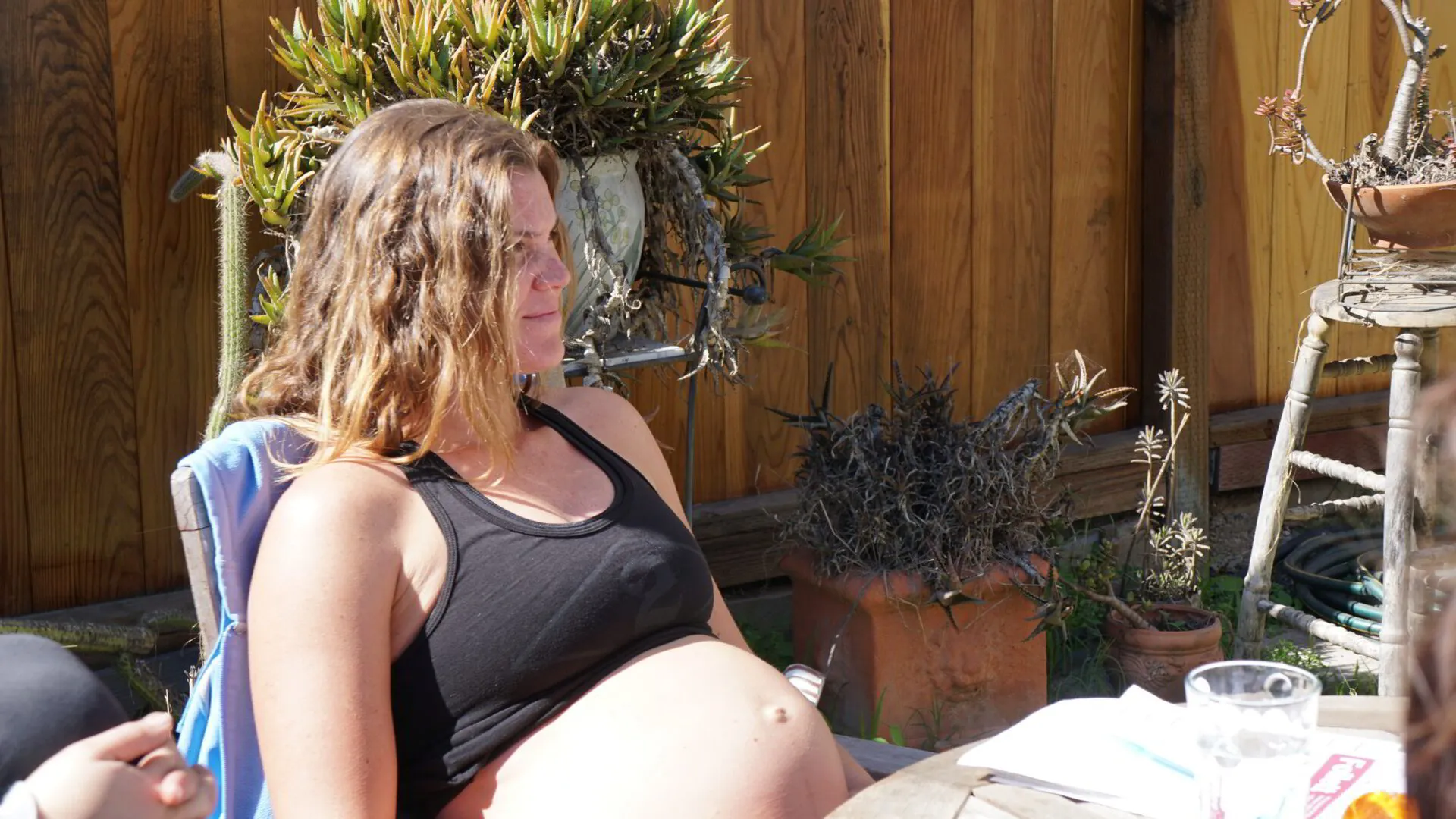We, at BIRTHFIT, are all about every woman being educated and empowered to make informed, intuitively guided decisions in every part of the motherhood transition – from preconception all the way into parenthood – and birth is an experience that provides many opportunities for choices.
This is a great blog that gives you questions to ask your care provider as well as questions to ask yourself when you are preparing for birth. Your preferences matter. A surgical birth doesn’t negate that fact. From a surgical standpoint, a gentle (aka family-centered or natural) C-section is the same process as a conventional C-section; however, small changes in the environment and a focus on the mother and baby during this birth make a major difference in the overall experience for the family (1).
Here’s our list of ten things to consider when planning a gentle cesarean:
1. Music of Choice
Does a surgical birth mean you miss out on a birth playlist? It doesn’t have to. Ask what kind of music setup your operating room will have so you will know if you need to bring a CD (yes, they still exist), if the music can be played from your phone, or if you need to pick a couple of your favorite radio stations.
2. Topic of Conversation
A C-section is one of the most common surgeries performed in the US. Your surgical team has more than likely performed this surgery numerous times, but what is routine for them, may not necessarily be routine for you; your birth story is unique to you and your baby. Therefore, the words that are spoken by the surgical team are important and may greatly influence the tone of the room and how satisfied you feel throughout your birth experience. You can respectfully ask that doctors and nurses keep conversation focused on the birth.
3. Support person(s)
In most areas you are allowed to have one support person in the operating room with you during the birth. Depending on hospital policy, some places do allow an extra support person, such as a doula, so be sure to ask what the policies are where you will be giving birth!
4. Positioning and Placement
Because it is abdominal surgery, you will need to lie on your back and there will need to be wires and IVs to monitor you and ensure your safety, but you can request that EKG pads be placed on your sides or back instead of chest, to keep the area clear for holding your baby. And speaking of holding your baby – while it’s not as common of a practice in most places, make sure to let your team know that you do not want your arms to be restrained. Some places may opt for keeping one arm free.
5. Clear Drape
Requesting a clear drape (rather than the standard opaque), or even just asking for the drape to be lowered and the head of the table raised after the uterine incision, enables you to see your baby emerge. This minor change has no effect on the surgical process or sterile routines but allows the mother to be able to connect with her baby much sooner than in a conventional cesarean.
6. Photography
Birth photographers capture so much more than just the moment your baby is born. They get all the little moments when you’re anxiously awaiting to see that sweet face, and the intimate glances when baby is finally in your arms. Hospital policy will decide if they are allowed in the operating room. But even if they’re not, their camera might be – ask one of the nurses to capture your first interactions with your fresh baby!
7. Skin-to-Skin
A defining difference in a conventional cesarean and a gentle cesarean is the timeline for contact with mom and baby. Routinely the baby is cleaned and assessed before being brought to mom; whereas in a gentle cesarean the baby is brought to mom’s chest within minutes of birth, and they are able to have skin-to-skin contact in the operating room while the remainder of the surgery is finished.
In 2004 the journal, Maternal & Child Nutrition, published a review study of immediate or early skin-to-skin contact after a cesarean and found that it may provide benefits for both mother and baby. The study showed an increase in breastfeeding initiative, bonding, and maternal satisfaction for the mother, while reducing stress and maintaining body temperature in the baby (2).
8. First Latch
As skin-to-skin contact has been shown to increase breastfeeding initiative, your baby may begin rooting (turn her head toward the breast and sucking motions with the mouth) while still in the OR. This is a good sign! You don’t have to wait until you are in the recovery room for the first latch.
9. Delayed Cord Clamping (DCC)
This is such a good video demonstrating why delayed cord clamping is so important! In short, at birth some of the baby’s blood (up to 1/3!) is still in the placenta. Raju and Singhal, authors of “Optimal Timing for Clamping the Umbilical Cord After Birth,” found that one-minute delay in cord clamping after birth leads to an additional 80 mL of blood from the placenta to the infant’s circulation, which increases to about 100 mL by 3 minutes after birth (3). Additional blood means extra iron, which is why multiple studies show that DCC improves iron status in infants (4,5,6). In a gentle cesarean, you can have skin-to-skin contact with your baby on your chest while the cord is still attached, but because that is not common procedure, it is something you need to speak to your provider about before the birth.
10. Support Person Cut Cord
Who cuts the umbilical cord? Routinely your doctor does. But just because that’s routine doesn’t mean that’s what has to happen at your birth. If your support person wants to cut the cord, let your provider know! This is still a surgery with a sterile field, so it’s important you follow your doctor’s directions carefully so there’s not a risk of contamination.
As you read through this list, figure out what you want for your birth. Choose all, choose none… whatever you do, know that you have a choice.
With love,
Dr. Josiah
BIRTHFIT Oklahoma City @birthfitokc
References:
- Smith J, Plaat F, Fisk NM. The natural caesarean: a woman-centred technique. BJOG. 2008;115(8):1037-42.
- Stevens J, Schmied V, Burns E, Dahlen H. Immediate or early skin-to-skin contact after a Caesarean section: a review of the literature. Matern Child Nutr. 2014;10(4):456-73.
- Raju TN, Singhal N. Optimal timing for clamping the umbilical cord after birth. Clin Perinatol. 2012;39(4):889-900.
- Rabe H, Reynolds GJ, Diaz-Rossello JL. A systematic review and meta-analysis of a brief delay in clamping the umbilical cord of preterm infants. Neonatology. 2008;93:138–144.
- Geethanath RM, Ramji S, Thirupuram S, Rao YN. Effect of timing of cord clamping on the iron status of infants at 3 months. Indian Pediatr. 1997;34:103–106.
- Pisacane A. Neonatal prevention of iron deficiency – Placental transfusion is a cheap and physiological solution. British Medical Journal. 1996 Jan;312(7024):136–137.

